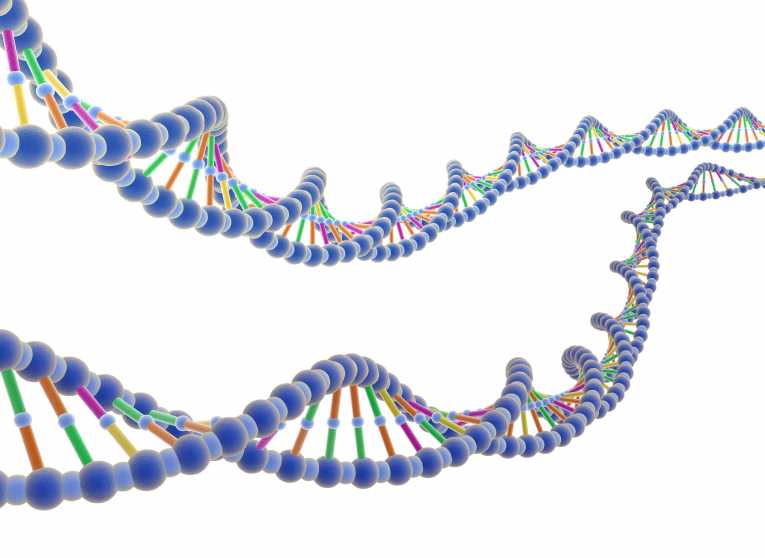Cancer is the leading cause of death by disease in children and adolescents in the United States. Now, cancer-causing genetic errors can be identified by a computational method developed by the Pediatric Cancer Genome Project of the St. Jude Children's Research Hospital in Tennessee and Washington University.
Dubbed the Clipping Reveals Structure (CREST), the method can detect chromosomal rearrangements and insertions or deletions of DNA that are unique to specific cancers.
For example, the method was used to find 89 new structural differences in the cancer genomes of five patients with the T-lineage subtype of acute lymphoblastic leukemia. CREST was able to detect complex chromosomal rearrangements, including one that involved four chromosomes. It was also used to find 50 new variations in skin cancer melanoma cells.
Jinghui Zhang, Ph.D., senior author of the study and an associate member of the St. Jude Department of Computational Biology, noted that the method is much more accurate than other similar methods: "Similar tools miss up to 60 to 70 percent of these structural rearrangements in tumors. CREST ensures that scientists will be able to find important structural variations that play critical roles in tumor formation."
The joint Pediatric Cancer Genome Project was launched in 2010 to "to identify the genetic changes that give rise to some of the world's deadliest childhood cancers." It seeks to decode the genomes of more than 600 childhood cancer patients. The knowledge obtained is expected to radically increase our understanding of childhood malignancies, and contribute to creating a foundation for new cancer treatments and prevention.
Researchers who are interested in using CREST can download the computer algorithm and supporting data.
The study, CREST maps somatic structural variation in cancer genomes with base-pair resolution, was published online on 12 June 2011 by Nature Methods.
top image credit: © Benjaminet










